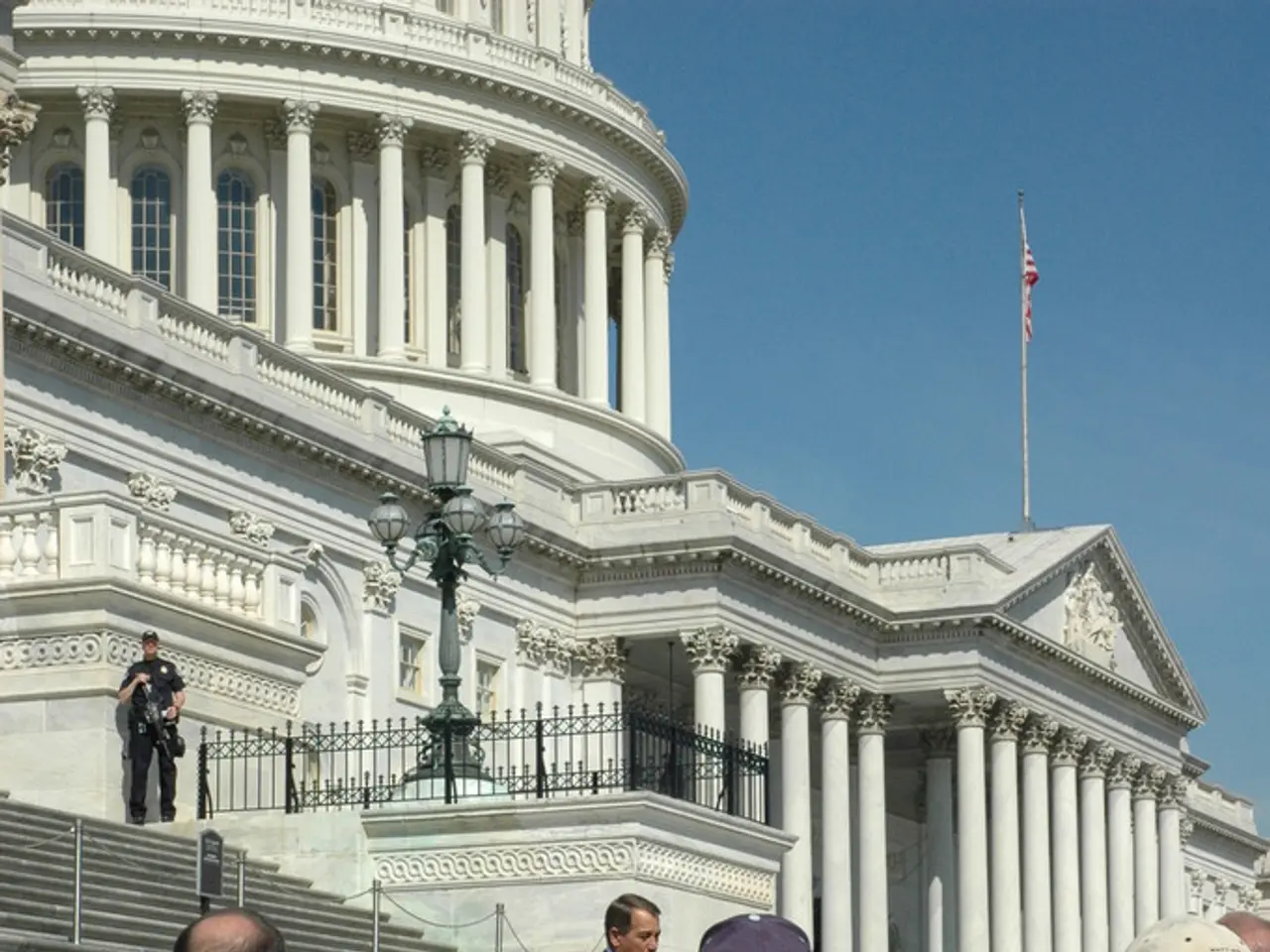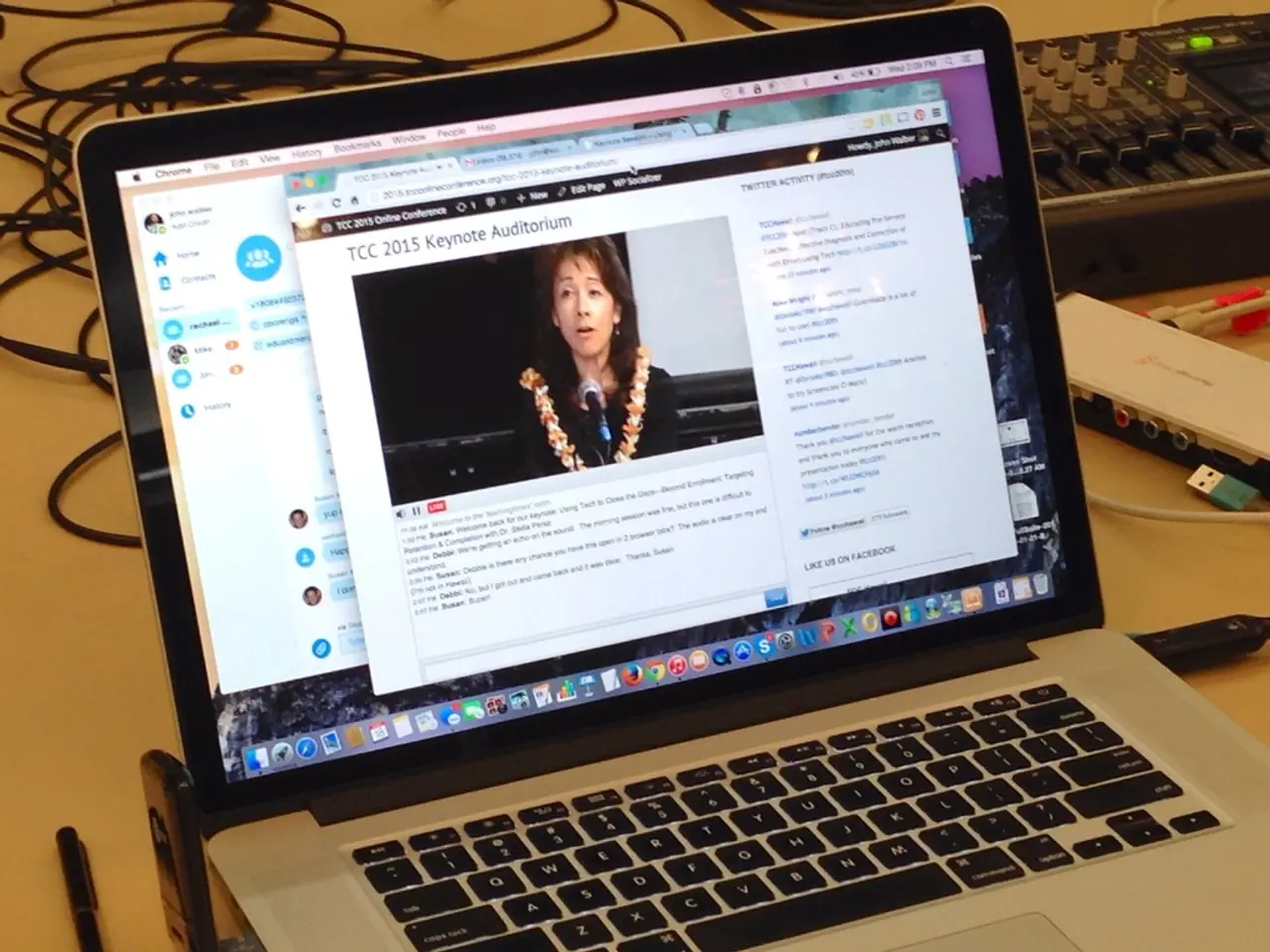Domain-Wide Phenomena Unravelled
In the realm of scientific inquiry, the discussion surrounding the existence of extraterrestrial life is often shrouded by semantics and preconceived notions. This is particularly true when it comes to Unidentified Aerial Phenomena (UAP), a term that has evolved from UFO to UAP, and now to "All-Domain Phenomena." Some argue that this transition is an attempt to further obscure the subject matter.
However, a multidisciplinary and open-minded approach is not only beneficial but essential for investigating All-Domain Phenomena. This approach fosters creativity, overcomes disciplinary silos, enables holistic understanding, and is well-suited for addressing complex questions, including those related to extraterrestrial life and the future of scientific inquiry.
Many phenomena, especially those described as "All-Domain," are inherently complex and do not fit neatly within the confines of a single discipline. Investigating such phenomena requires integrating knowledge and methods from multiple fields, such as physics, biology, engineering, and philosophy, to capture their full complexity. This interconnectedness mirrors real-world systems, where problems like disease mechanisms, technological innovation, or understanding life itself require a synthesis of perspectives.
Historical examples, such as the invention of the telephone and advances in color photography, demonstrate that breakthroughs often occur at the intersection of several ideas or disciplines. Encouraging a culture of open-mindedness and cross-disciplinary collaboration can foster creativity, enabling multiple discoveries and accelerating scientific progress.
Traditional academic and scientific structures can inadvertently create silos, limiting the flow of ideas and opportunities for breakthrough. Open-minded and multidisciplinary approaches help dissolve these barriers, allowing researchers to tackle problems from multiple angles and reduce the risk of overlooking key insights due to disciplinary blind spots.
A unified, holistic perspective is essential for addressing grand challenges such as understanding life, consciousness, and the potential for extraterrestrial life. Life’s complexities are not just biological or physical, but also ecological and even philosophical. Integrating insights across these domains allows for a more comprehensive understanding and avoids the pitfalls of reductionism.
In the context of UAP, each discipline offers unique tools and perspectives. For example, astronomers may identify exoplanets, chemists analyze potential biosignatures, and philosophers help frame questions about life’s definition and the nature of consciousness.
The skepticism towards individuals and groups outside of official channels, who claim to have evidence or experience relating to UAP, complicates the issue. Every witness account, when approached with a rigorous and open-minded scientific method, has the potential to add valuable pieces to the puzzle.
Institutions and funding bodies are increasingly recognising the value of interdisciplinary research, proposing initiatives like interdisciplinary sabbaticals, rotating memberships, and novel funding models to stimulate innovation. AARO, led by Sean Kirkpatrick, is on the verge of releasing a pivotal report on Unidentified Flying Objects (UFOs).
Sean Kirkpatrick's article in Scientific American advocates for a rational, scientific approach to investigating Unidentified Anomalous Phenomena (UAP), free from conspiracy theories and sensationalism. The pursuit of understanding in the area of UAP should not be confined to the realms of defense and intelligence but should encompass a wider scientific community and public discourse.
In conclusion, science thrives on the edge of the known and the unknown, and it is in the spirit of inquiry and exploration that we must approach the study of UAP. Dismissing testimonies from individuals who have encountered unidentified flying objects does a disservice to the investigation. By embracing diverse perspectives and encouraging collaboration, the scientific community can more effectively chart a course toward understanding the full complexity of life and the universe.
- The discussion surrounding the existence of extraterrestrial life is frequently obscured due to semantics and preconceived notions, particularly when it comes to Unidentified Aerial Phenomena (UAP).
- Investigating All-Domain Phenomena necessitates a multidisciplinary and open-minded approach, integrating knowledge and methods from various fields like physics, biology, engineering, and philosophy.
- Breakthroughs often occur at the intersection of several ideas or disciplines, significantly boosting scientific progress when a culture of open-mindedness and cross-disciplinary collaboration is encouraged.
- Historically, traditional academic and scientific structures have inadvertently created silos, thereby limiting the flow of ideas and opportunities for breakthroughs.
- A unified, holistic perspective is vital for tackling grand challenges, such as understanding life, consciousness, and the potential for extraterrestrial life, by integrating insights across biological, physical, ecological, and philosophical domains.
- Each discipline offers unique tools and perspectives for UAP investigation, such as astronomers identifying exoplanets, chemists analyzing potential biosignatures, and philosophers framing life's definition and consciousness.
- The skepticism towards individuals who claim evidence or experiences related to UAP is complex, as unbiased and rigorous scientific methods help add valuable pieces to the puzzle when applied to their testimonies.
- Institutions and funding bodies are increasingly recognizing the value of interdisciplinary research, with initiatives like interdisciplinary sabbaticals, rotating memberships, and novel funding models that stimulate innovation, such as the AARO's report on Unidentified Flying Objects (UFOs).




